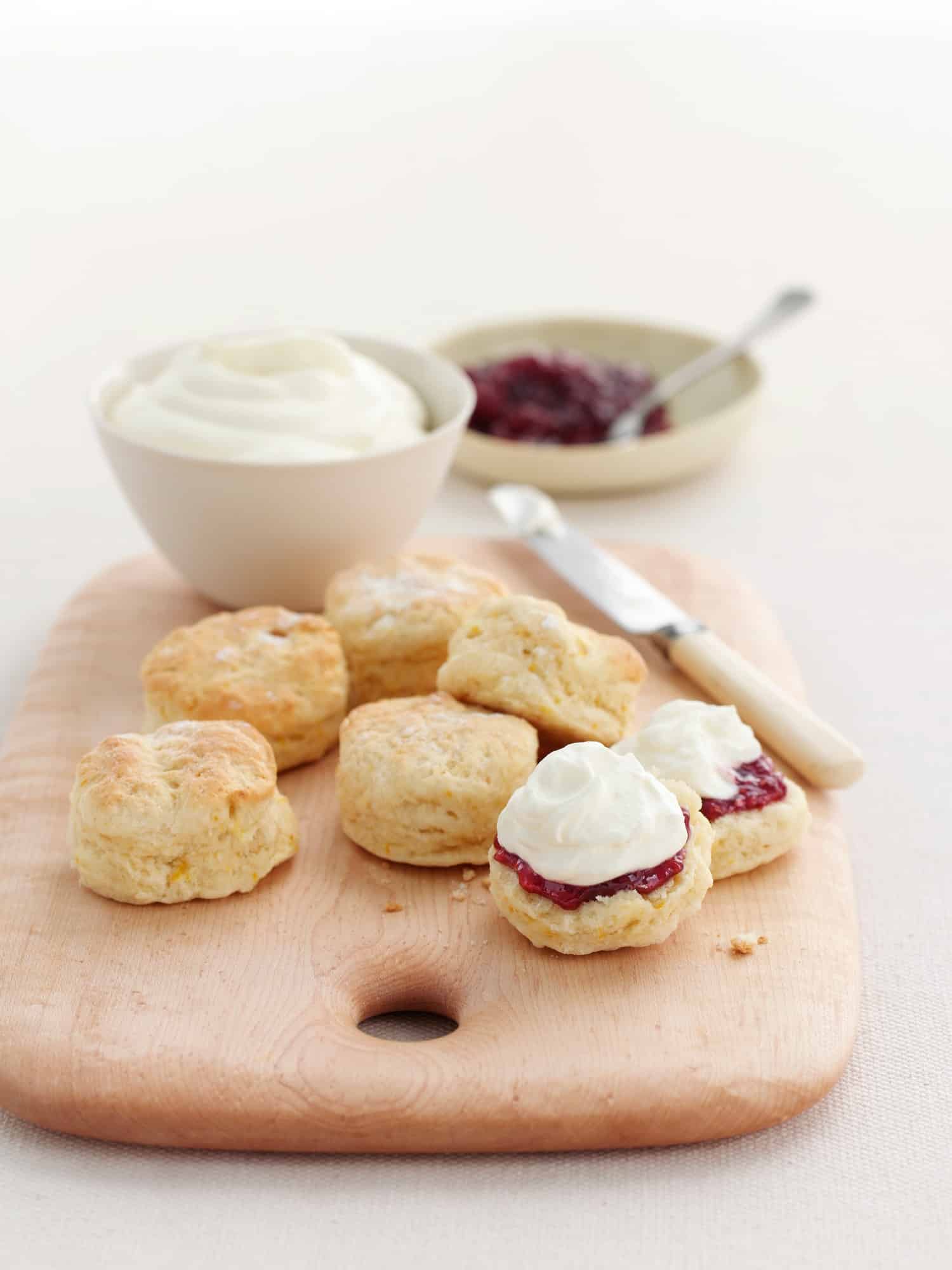What Techniques Can Make the Perfect British Scones with Clotted Cream?

There’s no denying the quintessential charm of a classic British afternoon tea. And what is a tea-time without the perfect scones served with luscious clotted cream and delectable jam? If you have ever dreamed of baking these crumbly delights at home, then this article is for you. We will delve deep into the art of making authentic British scones with clotted cream, using prime ingredients like butter, flour, eggs, and heavy cream. Be prepared to explore the secrets of the perfect dough, the right baking time, and the ideal oven temperature to recreate this traditional English delicacy right in your kitchen.
Understanding the Scone: A British Classic
Often confused with the American biscuit, the British scone occupies a place of pride in the English tea-time tradition. So what is a scone? A scone is a small British quick bread (or cake if you prefer) made of wheat, barley or oatmeal, usually with baking powder as a leavening agent. An ideal scone is crispy on the outside, soft and fluffy on the inside, and just lightly sweet.
Cela peut vous intéresser : How to Create a Luxurious Gourmet Toad in the Hole with Onion Gravy?
To make a scone, you need basic ingredients like flour, baking powder, salt, sugar, butter, and milk. The process involves creating a crumbly mixture of flour and butter, then adding the wet ingredients to form a soft dough. This dough is then shaped and baked until golden.
Now, let us delve into the specifics of creating the perfect English scone.
A voir aussi : Can You Master a Gourmet Raspberry Eton Mess with Fresh Berries and Meringue?
The Science of the Perfect Dough
Making scones is all about getting the dough right. Start with a high-protein flour. The hearty structure of this flour type is ideal for scones, providing a tender crumb. Then there’s butter, which needs to be cold—ideally, frozen. When the cold butter hits the heat of the oven, it creates steam, which in turn leads to a flaky, delectable texture.
Eggs, another crucial component, add moisture and create a richer flavor. However, too much egg can make the dough heavy, so moderation is key. The same goes for your heavy cream. A generous splash will give your scones a decadent, rich flavor, but too much can result in a soggy dough.
When combining these ingredients, be sure not to overwork the dough. This can lead to tough scones. Instead, mix until just combined, then turn out onto a floured surface and gently knead a few times to bring everything together.
Baking Time and Oven Temperature
Baking your scones at the right temperature and for the correct amount of time is just as important as creating the perfect dough. Preheat your oven to 220 degrees Celsius (425 degrees Fahrenheit). This high heat ensures that the scones rise quickly, creating that lovely, light texture we all crave.
Once in the oven, your scones will take about 12-15 minutes to bake. Keep a keen eye on them after the 10-minute mark. They should turn a beautiful golden brown color when done. Remove them from the oven and let them cool on a wire rack for a few minutes before serving. Remember, over-baking can lead to dry and crumbly scones.
The Art of Serving: Clotted Cream and Jam
Scones are traditionally served with clotted cream and jam. Clotted cream, a thick, rich, and slightly sweet cream, is a product of England’s southwest. Making clotted cream at home can be a time-consuming process, but it’s well worth the effort if you want the full English tea experience.
To make clotted cream, you’ll need heavy cream with a high fat content. Pour the cream into a shallow dish and let it sit in a low-temperature oven for about 12 hours. After this, it should have a thick, yellowish crust, which is the "clotting" part. Refrigerate it for another 12 hours, then skim off the clotted cream from the top.
Whichever jam you choose to serve your scones with, make sure it’s of good quality. A tart, fruity jam pairs well with the richness of the clotted cream.
The Scone Ritual: Tea Pairing
Finally, to truly enjoy your scones in the traditional English manner, pair them with a good, strong cup of tea. The type of tea you choose can highlight different elements of your scones. A robust black tea, like English Breakfast or Darjeeling, can balance out the sweetness of the scone, clotted cream, and jam.
Enjoy the process of making and indulging in these classic British scones, as well as the accolades you will undoubtedly receive from your guests. And remember, scones are best enjoyed fresh from the oven. So, time your baking well and serve them warm for a truly divine experience.
The Intricacies of the Scone Recipe
Crafting the perfect British scone involves intricate details that require attention. We begin by combining the dry ingredients, which includes flour, baking powder, sugar, and salt. It’s imperative that you use pure baking powder as this contributes to a good rise and lightness in the texture of the scones.
Next, incorporate the cold butter into the dry mix. The butter should be cold, and if possible, frozen, as this assists in achieving a flaky texture in the scones. This process can be done through a food processor or by hand. The outcome should be a mixture resembling coarse breadcrumbs.
The wet ingredients, including eggs and heavy cream, are then added to the mix. Be careful with the quantity of the eggs and heavy cream as excessive amounts can make the dough heavy. The dough should be mixed until just combined, and not overworked, as this could make the scones tough.
Shaping the scones is the next step. Pat the dough out on a floured surface until it’s about 2cm thick. Use a round cutter to shape your scones. Once shaped, they should be placed on a baking sheet with space in between each because they will expand during baking.
Before baking, brush the tops of the scones with a beaten egg. This gives the scones a beautiful, golden sheen when baked. If you’re using a convection oven, place the scones on the middle rack to ensure even baking.
Conclusion: The Joy of British Scones
Making authentic British scones with clotted cream at home may seem like a daunting task, but with careful attention to detail and the right ingredients, you can recreate this classic English tea-time treat in your own kitchen. The key lies in the quality of ingredients like high-protein flour, cold butter, fresh eggs, and heavy cream. The dough should be well incorporated but not overworked, and the scones should be baked at the right temperature for the correct amount of time.
Clotted cream, the perfect accompaniment to scones, can be made at home using heavy cream with a high fat content. Although time-consuming, the result is a thick, rich cream that elevates the flavor of the scones. Pair your scones and clotted cream with a good-quality jam for the ultimate English tea experience.
Finally, savor your homemade scones with a cup of robust tea, such as English Breakfast or Darjeeling. The perfect British scone should be crispy on the outside, soft and fluffy on the inside, and served warm, fresh out of the oven. With this guide, you are now ready to invite your friends over for a delightful afternoon tea, complete with homemade British scones and clotted cream. Enjoy the process, the accolades, and of course, the scones themselves.
